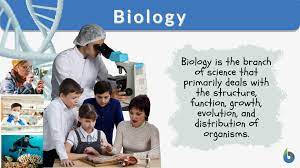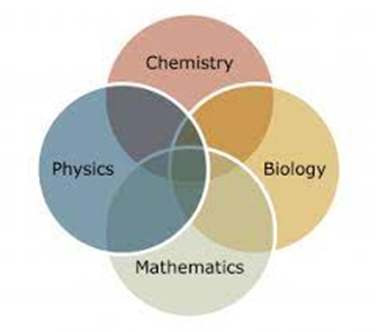INTRODUCTION OF BIOMOLECULES
Carbon is the key element of organic compounds. All organic
compound contain carbon. In organic compound main bond formation take place
between carbon to carbon and carbon to hydrogen. These organic compound
containing carbon, hydrogen and oxygen from the bulk of living tissue are the
biomolecules;
When various
biomolecules or organic substances found in living matter are mixed with
tri-chloro acetic acid (Cl3CCOOH), then two fractions are given out.
One faction which is acid soluble pool forms the filtrate and the other fraction
which is the acid insoluble pool forms the retentate..
The acid soluble filtrate contains chemical and show a
molecular mass of 18 to 1800 daltons which are called biomolecules. These
include amino acid, sugar and nucleotides. Acid insoluble retentate have
proteins, nucleic acids, polysaccharides and lipid. All these elements except
lipids have a high molecular weight of about 1000 daltons so they are called
biomacromolecules. Molecular weight of lipids is not greater than 800 Dalton
but they come under the acid insoluble retentate as lipids on fragments in the
form of vesicles get separated along with acid insoluble filtrate. An organic compound normally present as an
essential component of living organism.
CHARACTERISTICS OF BIOMOLECULES
01.Most of them are organic compounds.
02.They have specific shapes and
dimensions
03.Functional group determines their
chemical properties.
04.Many of them are asymmetric.
05.Macromolecules are large molecules
and are constructed from small building block molecules.
06.Building block building have single
structure.
07.Biomolecules first gorse by chemical
evolutions.
IMPORTANT BIOMOLECULES OF LIFE
01. Water: Being the universal solvent and major constituents (60%) of any living body without which life is impossible. It acts as a media for the physiological and biological reactions in the body itself. Maintain the body in the required turgid condition
01. Carbohydrates: It is very important for source of energy for any physical body function.
Protein: These are very important from body maintenance point of view, helps in issue, cell formation.
01. Lipid: These
are very important from energy source as well as human nutrition point of view.
01. Nucleic Acid: Nucleic
acid are very important as DNA carries the hereditary importance and RNA helps
in protein formation for the body.
01. Enzymes: Enzymes
are simple or combined proteins acting as specific catalysts and activates the
various biochemical and metabolic processes within the body. A list of
fundamental biomolecules is shown in table
List of fundamental biomolecules
|
Sr.No. |
Small
molecules |
Atomic
constituents |
Derived
macromolecules |
|
1 |
Amino acid |
C,H,O,N (S) |
Proteins |
|
2 |
Sugar |
C,H,O |
Starch,
glycogen |
|
3 |
Fatty acids |
C,H,O |
Fats,oils |
|
4 |
Purines and
pyrimidine |
C,H,O,N |
Nucleic acid |
|
5 |
Nucleotide |
C,H,O,N,P |
Nucleic acid
(DNA and RNA) |
01.
Biomolecules is the molecules of
life. Four main classes of biomolecules; Carbohydrates, lipids, Proteins,
Nucleic acids. Carbohydrates, proteins and lipids are huge and there called
macromolecules. Macromolecules are polymers, built from monomers.
1. A polymer is a long molecule consist of many
repeating units of monomers as their building blocks.
1. A
monomer is a small molecule.
Carbohydrates
Carbohydrates are among the most
widely distributed compound in both plant and animals. Carbohydrates ‘hydrates
of carbon are compound mainly made up of carbon, hydrogen and oxygen and are
also called saccharides as they are formed of sugars. Carbohydrates are
classified as monosaccharides, derived monosaccharides, oligosaccharides and
polysaccharides.
Monosaccharides
These sugar are the simple
carbohydrates which cannot be hydrolyzed further and are made up of 3-7 carbon atoms. Examples are
glucose, fructose, galactose, eic.
Monosaccharides are generally polyhydroxy
aldehydes or ketones. They are named according to number of carbon atoms in the
molecules and have the ending ‘-ose’, e.g. trios (3 carbon atoms), tetrose (4
carbon atoms ), pentose (5 carbon atoms ), hexose (6 carbon atoms ), heptose (7
carbon atoms ).
A





0 Comments